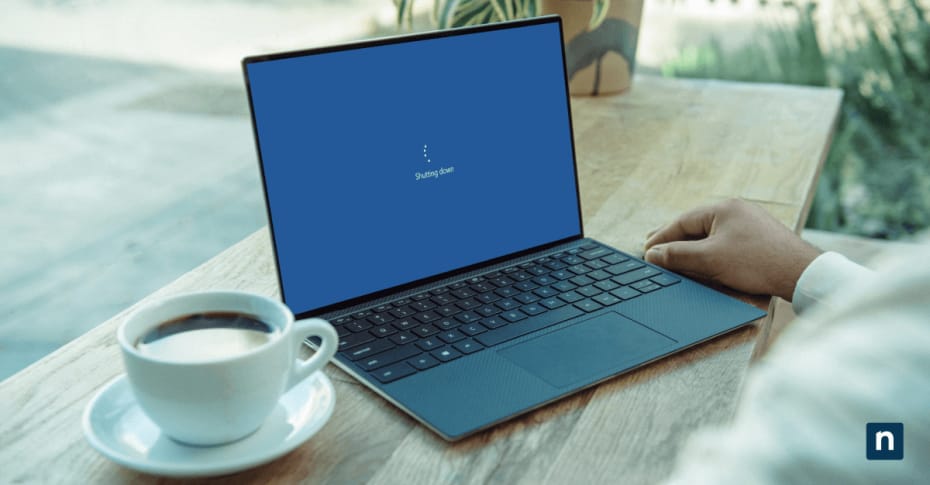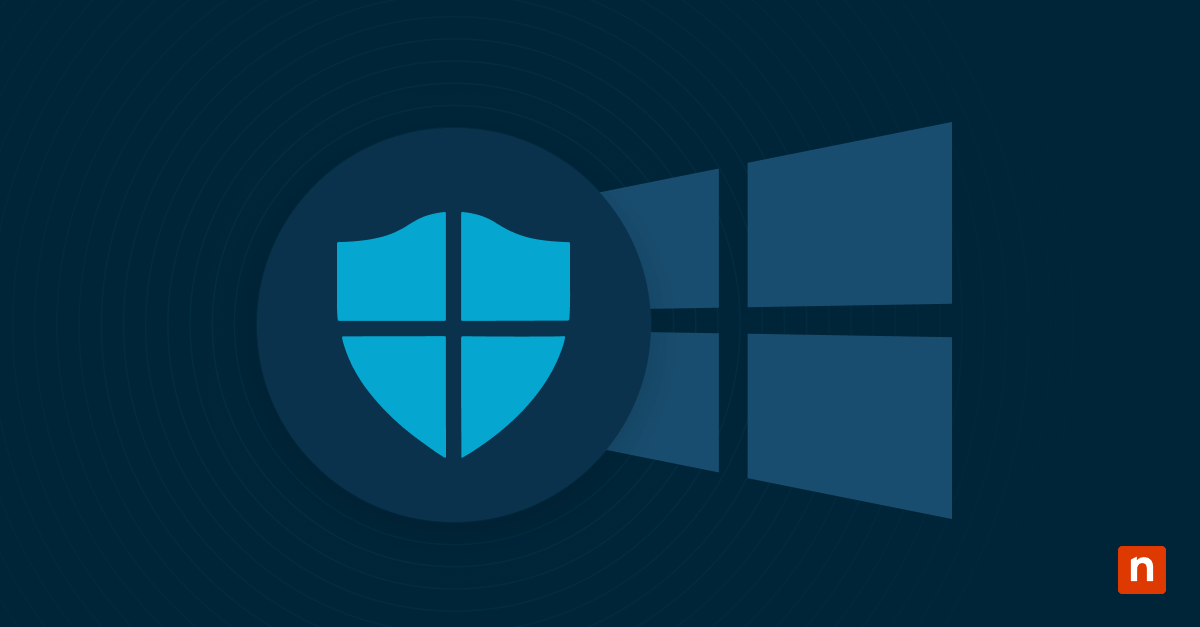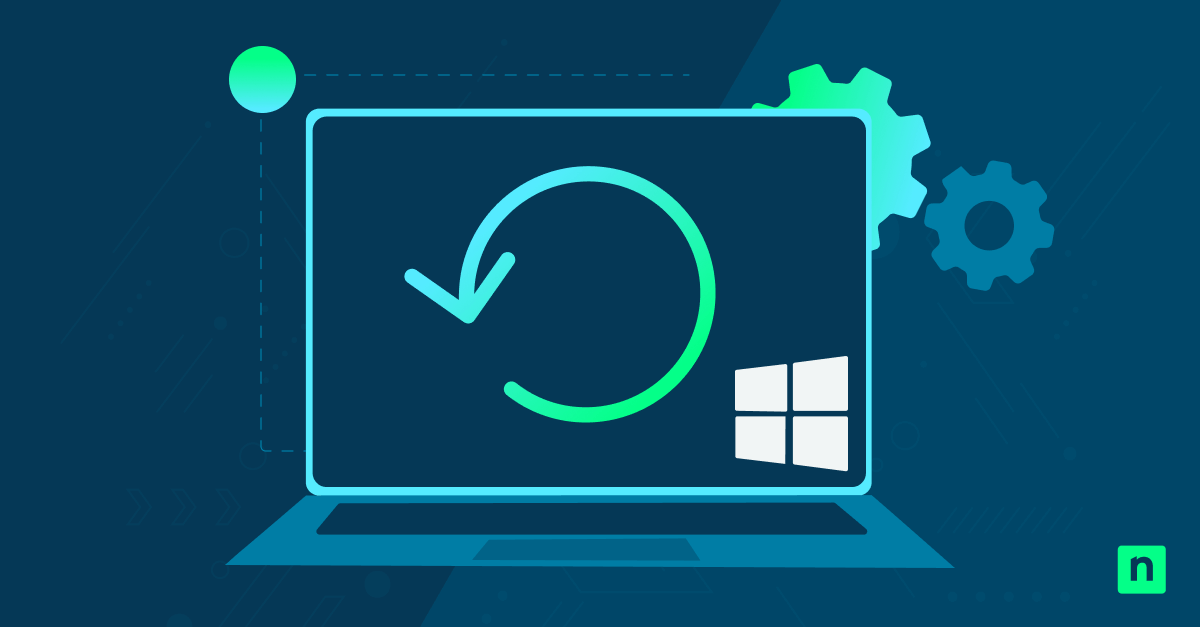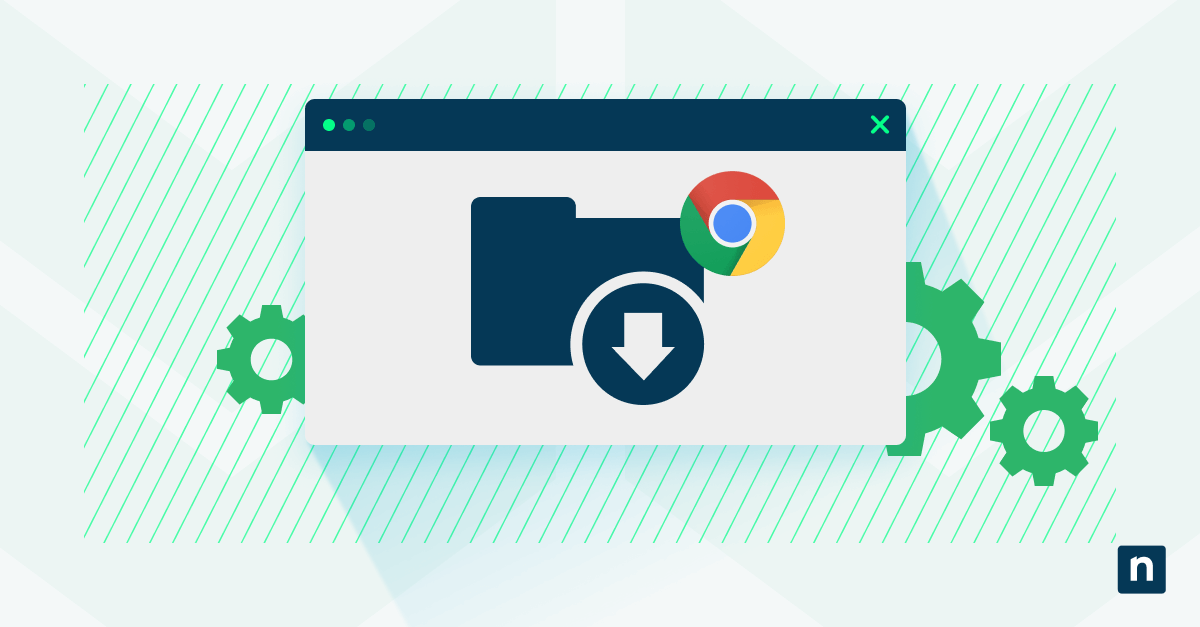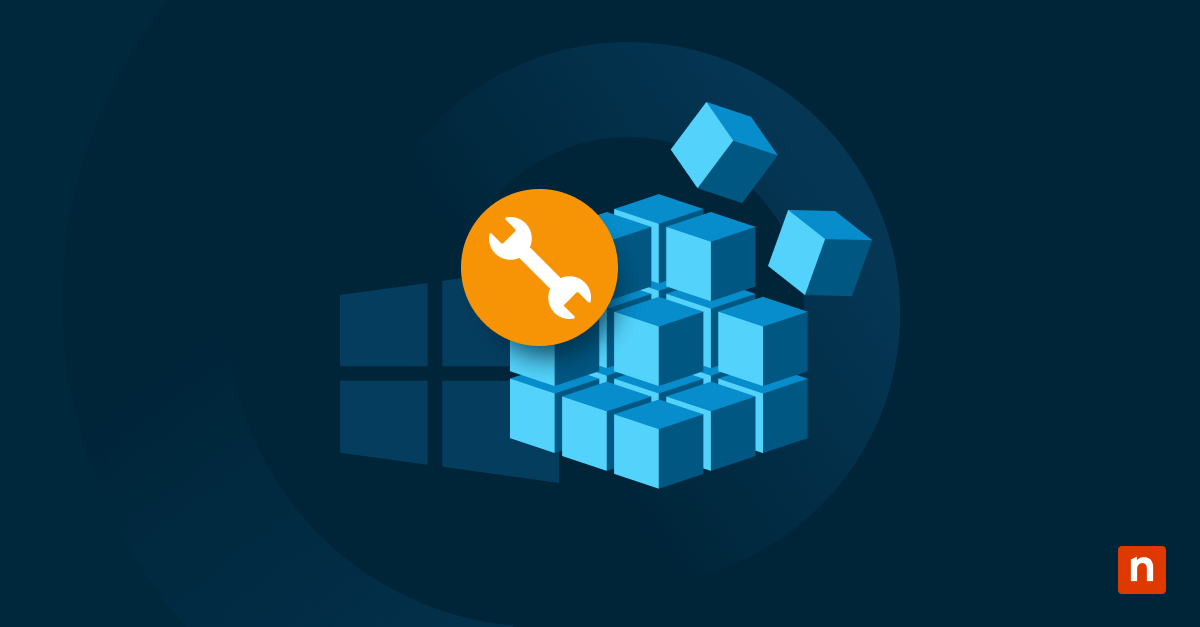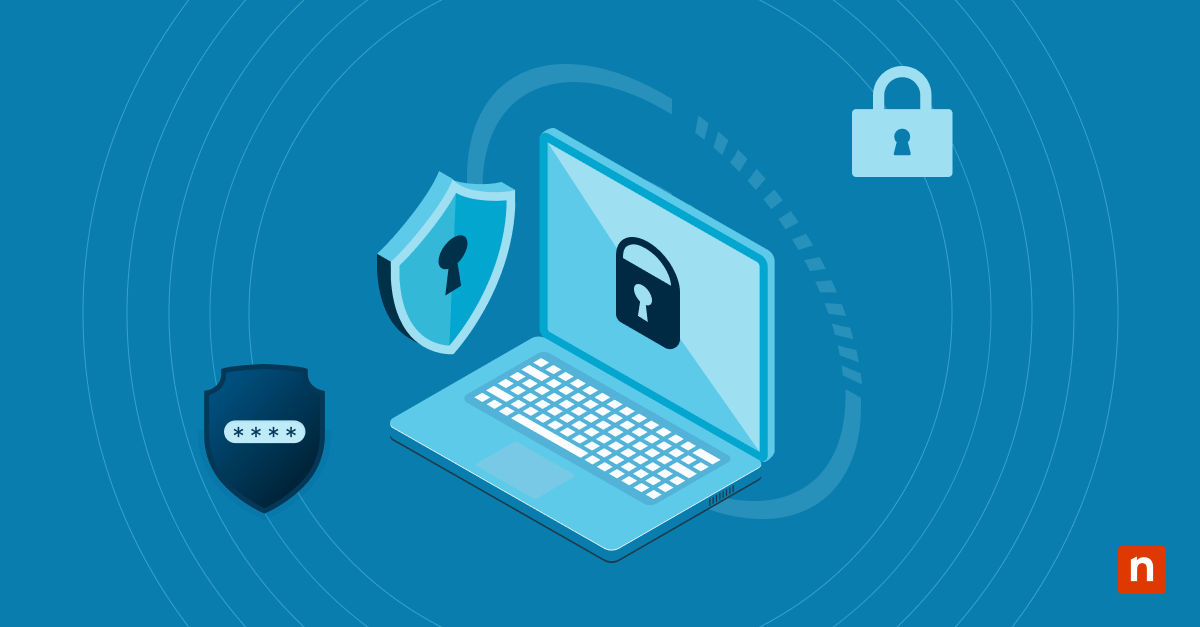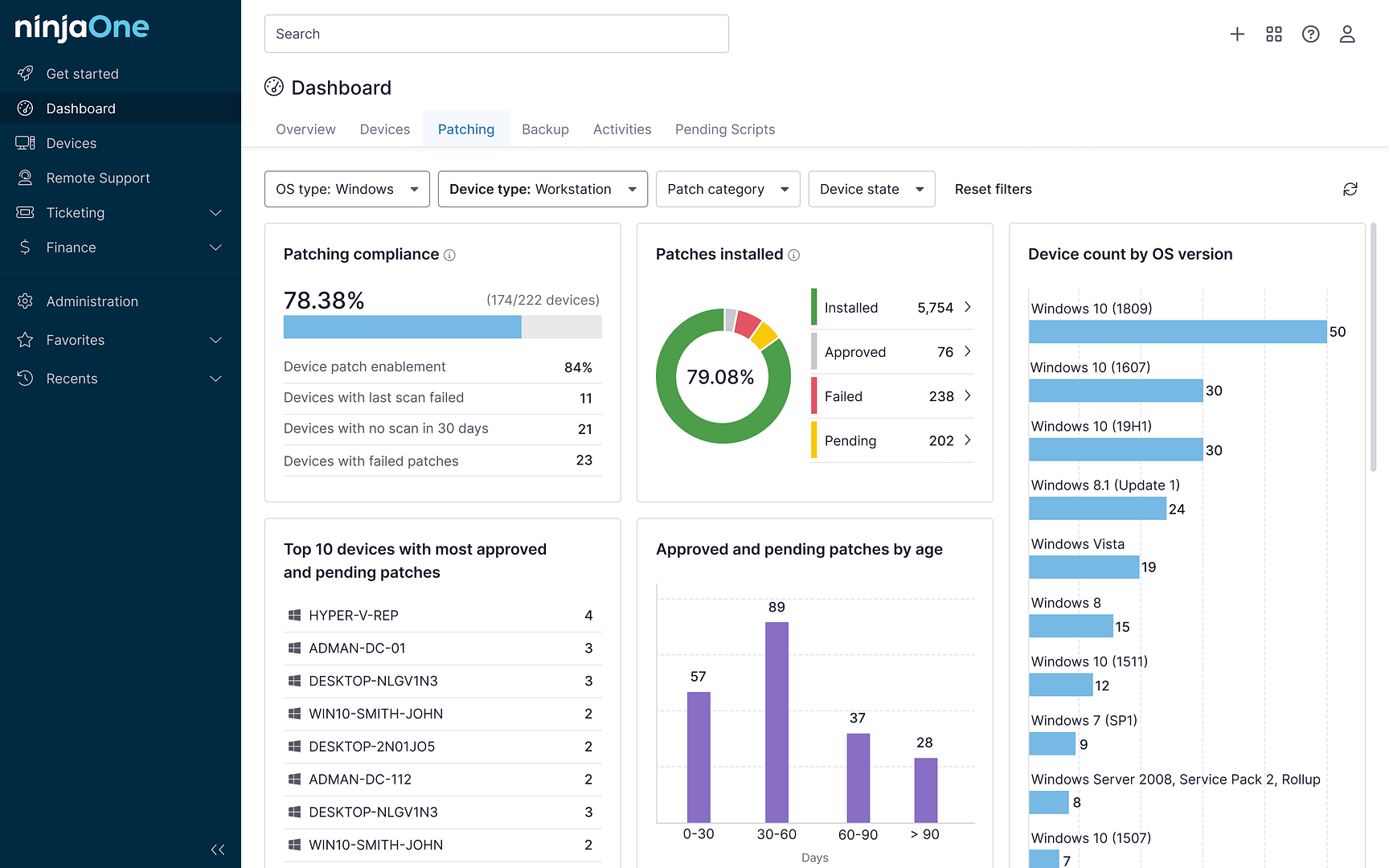Virtual memory management plays an important role in Windows 10 system performance. The pagefile.sys file serves as an extension of your computer’s physical RAM, providing additional memory resources when needed. This hidden system file works continuously in the background, shifting data between physical RAM and hard drive storage to maintain smooth system operation. Understanding how to manage and clear virtual memory pagefile in Windows to maintain optimal system performance while ensuring security.
Understanding virtual memory and pagefile.sys in Windows 10
When your system runs low on physical memory, Windows automatically transfers less-used data to pagefile.sys, typically located on your primary drive. This process, known as paging, helps maintain system responsiveness. The pagefile operates invisibly to most users, dynamically adjusting its size based on system demands and available resources. It can also impact performance over time as the pagefile grows and potentially retains sensitive information.
Windows manages this virtual memory system through a combination of automated processes and user-configurable settings. The system continuously monitors memory usage patterns, adjusting the pagefile size and content to match current demands. This dynamic management enables optimal performance under varying workloads while maintaining system stability.
Some of the key components of pagefile management include:
- Size adjustment capabilities
- Location configuration options
- Cleanup scheduling parameters
- Performance monitoring tools
How to clear pagefile at shutdown
Setting up automatic pagefile cleanup during system shutdown provides a balance between performance and security. This process ensures sensitive data doesn’t remain in the pagefile between sessions. The cleanup operates with Windows’ normal shutdown sequence, adding minimal time to the process while providing valuable security benefits.
When you enable automatic cleanup, Windows performs a secure wipe of the pagefile contents before shutting down. This extra step helps protect sensitive information that might have been written to the pagefile during system operation. The process requires proper configuration through Group Policy settings or Registry modifications, depending on your Windows version and security requirements.
How to delete virtual memory in Windows
Learning how to delete virtual memory in Windows processes properly helps you prevent system instability while maintaining security. Before beginning this process, evaluate your system’s current memory usage patterns and requirements. This evaluation helps make sure your changes won’t negatively impact system performance or stability.
The modification process requires careful attention to detail and understanding of your system’s specific needs. Consider factors such as installed RAM, typical workload patterns and application requirements when making changes to virtual memory settings. Document your original configuration before making any modifications, so you can restore previous settings if needed.
How to reset virtual memory and clear pagefile.sys
Understanding how to reset virtual memory and clear pagefile.sys will help you resolve performance issues or implement new system configurations. Before you start, you’ll need to understand your system’s current state and requirements. Consider your typical workload, installed applications and available physical resources when planning virtual memory modifications.
Resetting virtual memory takes several technical steps but provides an opportunity to optimize your system’s memory management. Begin by evaluating your current memory usage patterns and determining the optimal pagefile size based on your specific needs. Consider factors such as available drive space, system workload and performance requirements when selecting new settings.
Essential reset steps include:
- Document your current configuration.
- Calculate the optimal size requirements.
- Select the appropriate drive location.
- Test your system stability after changes.
How to clear pagefile.sys
Regular maintenance includes knowing how to clear pagefile.sys effectively. This process helps maintain system security and optimal performance levels while ensuring sensitive data doesn’t accumulate in the pagefile over time. Understanding how to clear the pagefile helps you choose the best approach for your specific situation.
The pagefile clearing process integrates with Windows’ security features, allowing you to maintain system protection while managing virtual memory effectively. Consider setting up regular clearing schedules based on your security requirements and system usage patterns. This proactive approach helps prevent performance issues while maintaining data security.
Optimizing system performance
After managing virtual memory settings, optimizing overall system performance ensures your changes provide maximum benefit. System optimization includes monitoring resource usage, adjusting settings based on observed patterns and maintaining regular maintenance schedules. This comprehensive approach helps ensure consistent performance while protecting system stability.
Regular performance monitoring provides insights into how your virtual memory changes impact system operation. Use Windows’ built-in tools to track memory usage, page faults and system response times. This data helps you fine-tune settings for optimal performance under your specific workload conditions.
Some key areas to optimize and watch include:
- Memory usage patterns
- System response times
- Application performance
- Resource allocation
Impact of storage types on virtual memory performance
The type of storage device hosting your pagefile.sys significantly influences virtual memory performance. Solid-state drives (SSDs), Non-Volatile Memory Express (NVMe) drives and traditional hard disk drives (HDDs) each provide different levels of pagefile access speed and reliability. Understanding these differences helps you make informed decisions when configuring virtual memory locations and sizes.
Traditional HDD performance
Traditional HDDs, while offering larger storage capacity at lower costs, operate at mechanical speeds that can create bottlenecks during heavy paging operations. The physical limitations of spinning disks result in slower read and write speeds, particularly when the pagefile becomes fragmented over time. You can see the impact during memory-intensive tasks when Windows needs to frequently access the pagefile.
SSD advantages
Modern SSDs dramatically improve pagefile performance through faster data access and transfer speeds. The absence of moving parts eliminates mechanical delays, allowing for nearly instant access to virtual memory contents. This improvement becomes particularly noticeable when applications require frequent memory swapping or during system-intensive operations that rely heavily on virtual memory.
NVMe benefits
NVMe drives are the current peak of storage performance, offering several times the speed of traditional SSDs. When used for pagefile storage, NVMe drives provide near-RAM access speeds, significantly reducing the performance impact of virtual memory operations. This enhanced performance makes NVMe drives ideal for systems that frequently utilize virtual memory or run memory-intensive applications.
Storage selection considerations
Pay attention to these key storage considerations for optimal performance:
- Sequential read/write capabilities
- Random access performance
- Drive endurance ratings
- Available free space
- Drive connection interface
The cost-benefit ratio of different storage solutions varies based on your specific needs and budget. While NVMe drives offer the best performance, the improvement might not justify the cost for systems with ample physical RAM or light workloads. Take into account your typical workload patterns and performance requirements when selecting storage for your pagefile location.
A step-by-step guide on how to delete or shrink pagefile.sys – click to watch.
Technical considerations and long-term management
Understanding technical aspects helps you make decisions about system configuration and maintenance. Consider how virtual memory changes might affect different aspects of system operation, from application performance to security requirements. This comprehensive view helps you make sure your changes support both immediate needs and long-term goals.
Develop a structured approach to managing virtual memory over time that includes scheduled review periods, performance monitoring and documentation of any changes or issues encountered. This systematic approach helps maintain consistent performance while providing a foundation for troubleshooting if problems arise.
See simpler, smarter remote monitoring and management in action with NinjaOne. Start your free NinjaOne trial and discover how our unified platform makes MSP and IT team operations more efficient and profitable.
RB: N/Ah

